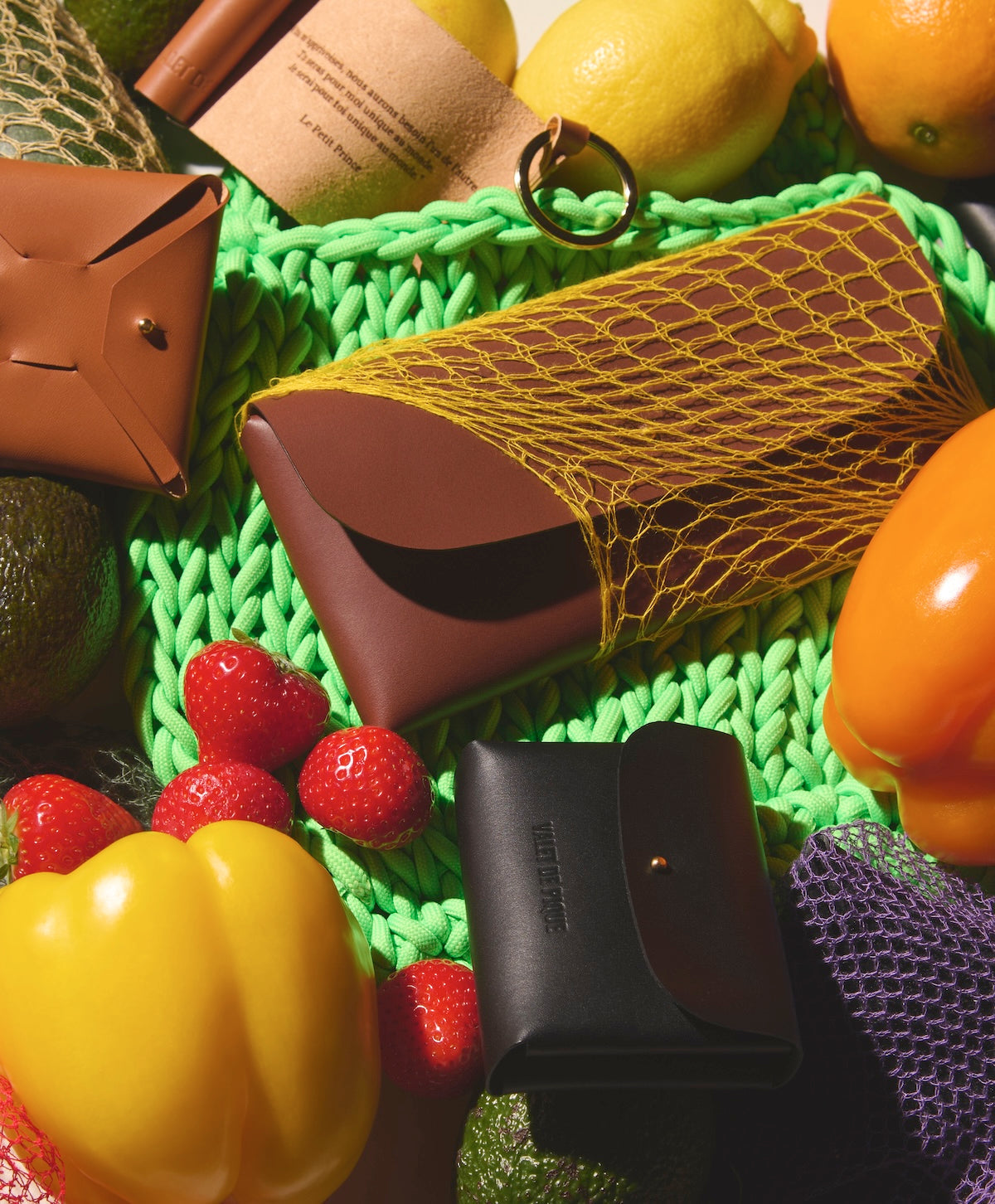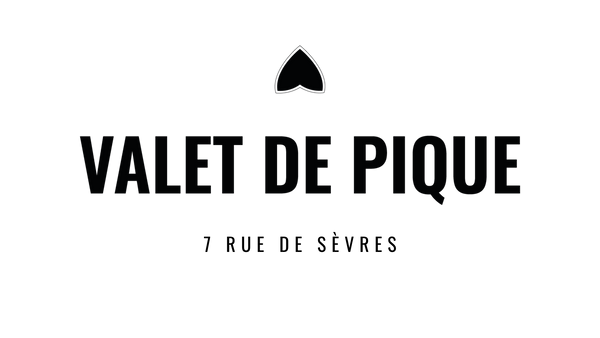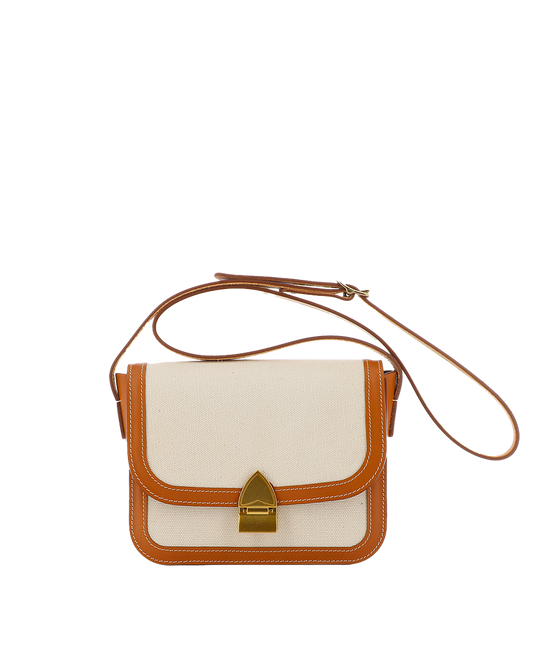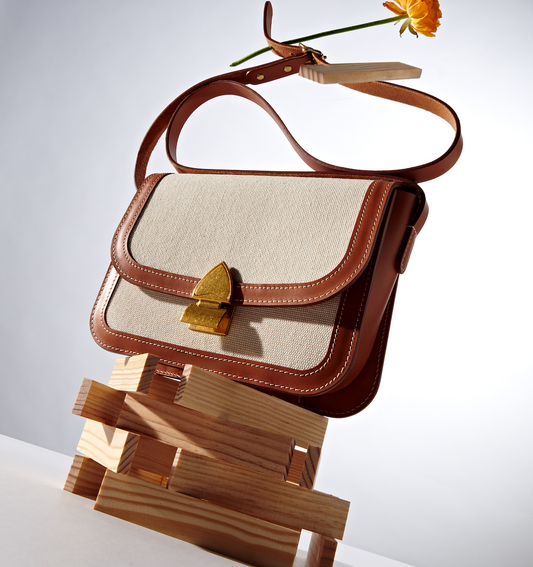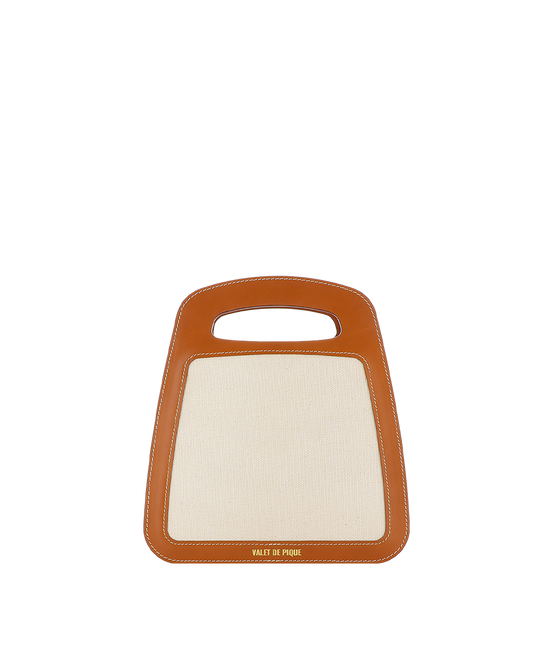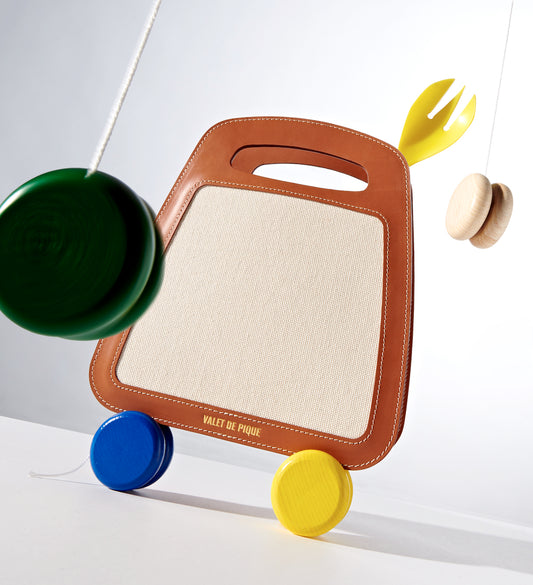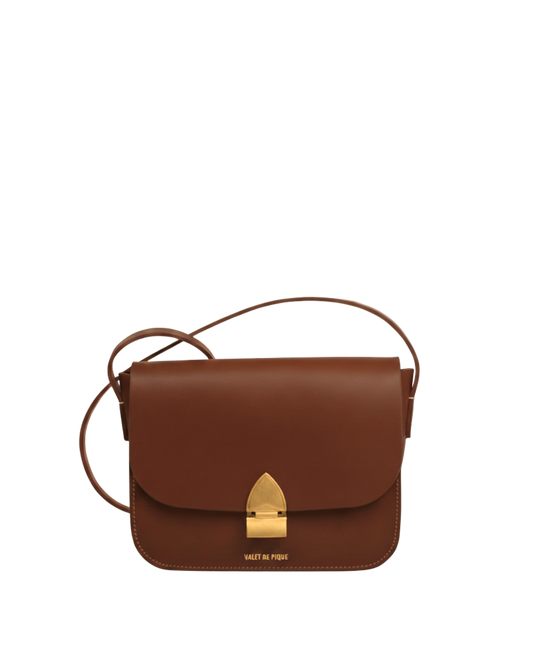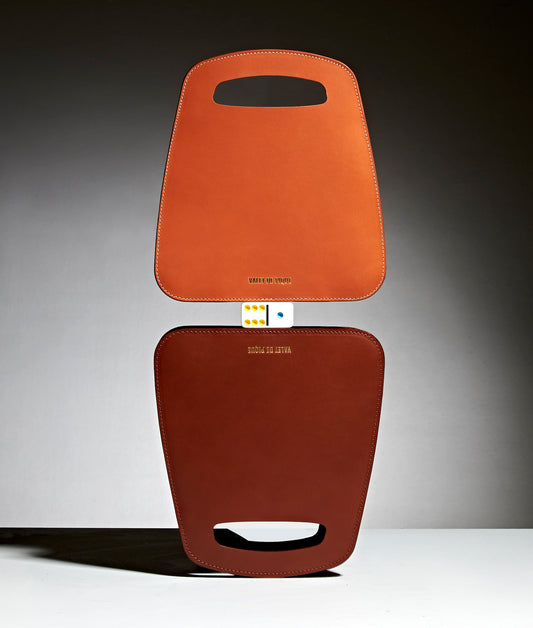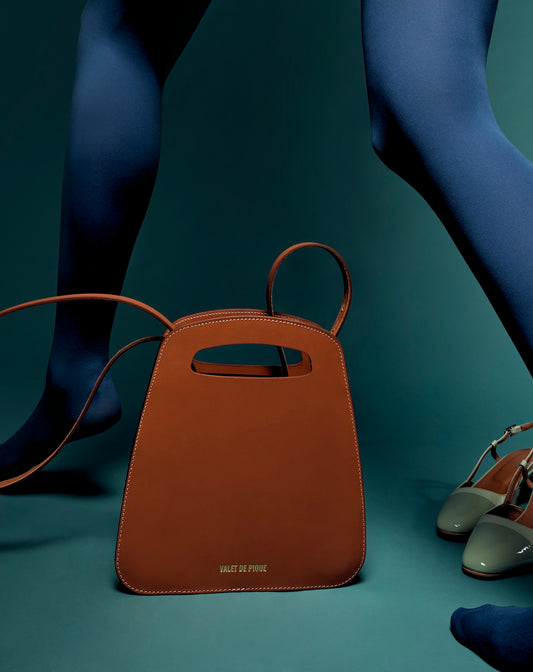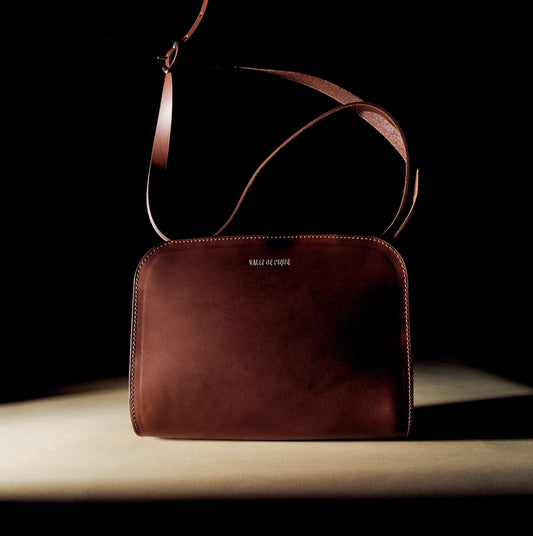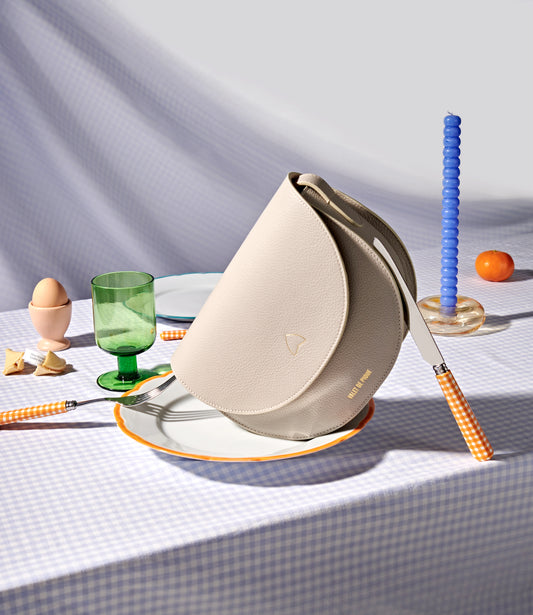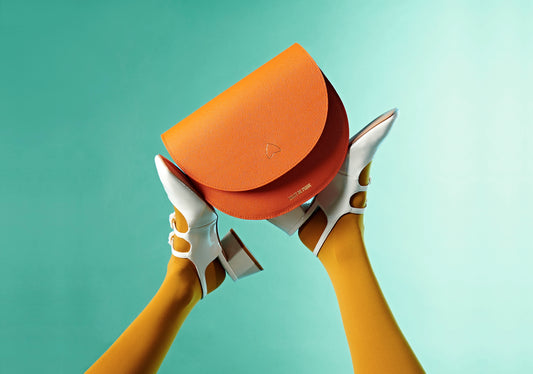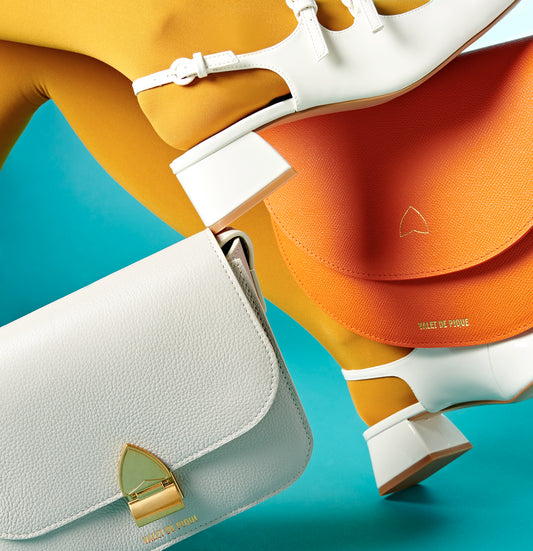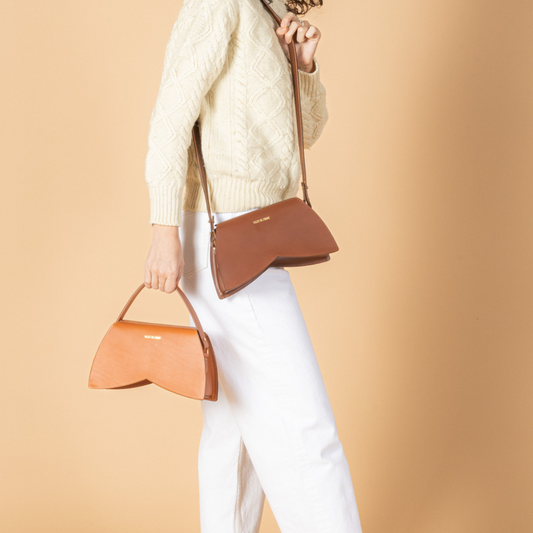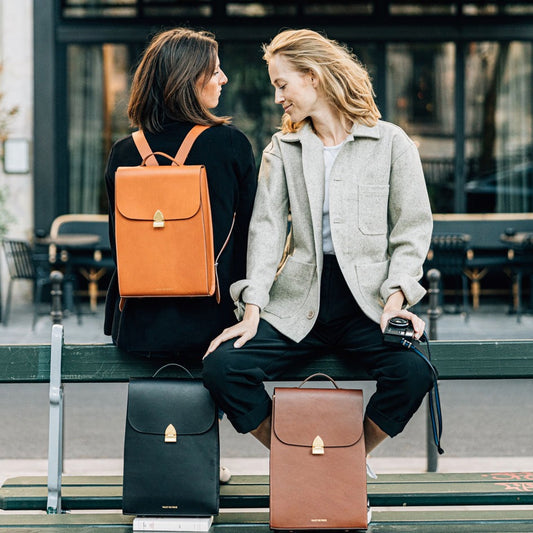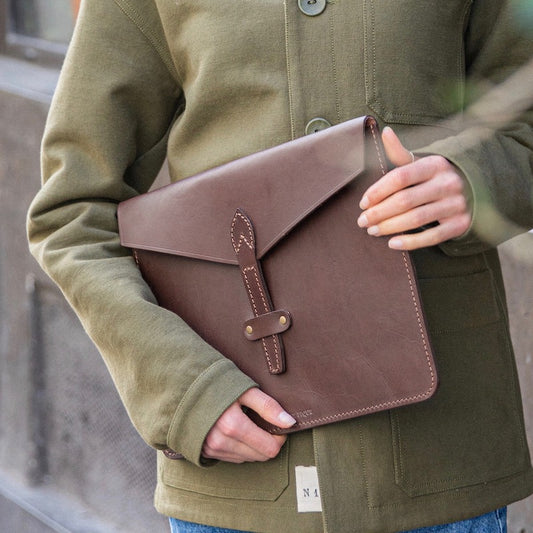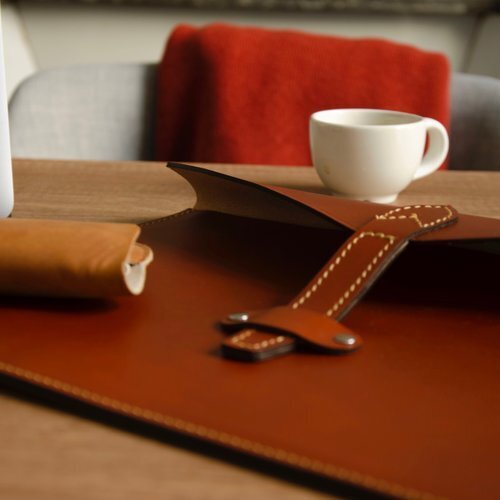The evolution of fashion creative directors incorporating childlikeness and playful codes since the postwar period reveals a complex cultural movement that transcends mere aesthetic trend. This creative approach, embodied today by figures like Jonathan Anderson and Jacquemus, has its roots in the postwar optimism of the 1950s and flourishes today as a form of cultural resistance and authentic expression. An analysis of seventy years of design reveals that playful codes are not a throwback to the past, but a sophisticated strategy for emotional connection in an increasingly complex world.
This aesthetic emerged as a response to contemporary pressures, simultaneously serving as a tool for emotional regulation, a mechanism of social resistance, and a medium for expressing identity. From pioneering designers like André Courrèges to contemporary art directors, this approach has consistently challenged fashion conventions by using innocence and joy as a language of cultural disruption.
Historical Legacy: From Post-War Optimism to Punk Rebellion
The Foundations: 1950s-1960s and the Emergence of Youth
The integration of playful codes into contemporary fashion has its origins in the post-war optimism and economic prosperity of the 1950s. This period marked a decisive turning point in which fashion reflected "the joy and hope that people felt" after the dark years of global conflict. Characteristic elements include poodle skirts with their "playful embroidered poodle motifs," and polka dots, checks, and floral patterns that "reflect the optimism of the post-war era."
André Courrèges (1923-2016) revolutionized feminine aesthetics with his groundbreaking spring 1964 collection. British Vogue declared 1964 "the year of Courrèges" for his "suits and dresses with childlike flares" characterized by "architectural precision." His philosophy—"A woman's body should be hard and free, not soft and harnessed"—incorporated childlike freedom into adult sophistication. Yves Saint-Laurent acknowledged, "Things have never been the same since Courrèges had his explosion."
Pierre Cardin (1922-2020) also developed an innovative approach in which his shapes "could resemble floral abstractions that devoured conventional clothing dimensions." His "enormous collars and frequent use of vinyl evoked space equipment," creating a futuristic universe tinged with childlike wonder.
The Punk Revolution: Childhood as a Weapon of Rebellion
Vivienne Westwood radically transformed the understanding of playful codes by using childlike aesthetics as an instrument of political rebellion. "I was messianic about punk, seeing if we could throw a wrench in the system," she declared. Her SEX boutique (1974) and Harris Tweed collection (AW87)—inspired by "a little girl I saw on the tube... She couldn't have been more than 14"—demonstrated how "childlike motifs parodied high society in conjunction with impeccable tailoring."
This approach transforms "punk culture into high fashion" by using DIY aesthetics, safety pins, and "childish rebellion" as challenges to the establishment.
The playful avant-garde of the 1980s and 1990s
Jean Paul Gaultier, nicknamed "l'Enfant Terrible," drew inspiration from "baby boomer television culture" and street culture. His revolutionary approach used "unconventional models such as older men and corpulent women, pierced and heavily tattooed models" while celebrating "total love and curiosity for the planet." His work on gender, notably putting men in skirts as early as 1984, challenged traditional boundaries with a playful spirit.
Jonathan Anderson: the contemporary architect of play
Creative philosophy and rejection of "cool"
Jonathan Anderson is revolutionizing luxury fashion by deliberately rejecting "cool" in favor of originality and craftsmanship. "For me, fashion is exciting, and it should be whether you're wrong or right," he told WWD in 2015. "If you do generic things, you know, after a while, brands or designers become stagnant. You have to be slightly uncomfortable with what you're doing."
Its core principles include childlike playfulness rather than sophistication, humor as the "great blender of boundaries," exclusivity based on extraordinary craftsmanship rather than traditional elitism, and the blurring of the lines between everyday objects and luxury fashion.
Iconic creations and playful elements
The Pigeon Bag (FW22) represents the pinnacle of his playful approach—this $890 3D-printed clutch shaped like a lifelike pigeon became a cultural phenomenon when Sarah Jessica Parker wore it in "And Just Like That." Fashion illustrator Jenny Walton notes, "It's worth every penny, because you make friends everywhere you go." Anderson's mother reveals his childhood obsession: "Jonathan was crazy about animals. Every day he'd come home with some kind of bird."
At Loewe, the Anthurium collection (Spring/Summer 2023) features 8-bit pixelated sweaters "straight out of Minecraft" and heart-shaped floral patterns covering bodies like "a kind of breastplate." Its Balloon bag series perfectly exemplifies what Harper's Bazaar describes as its "sense of play and humor... a childhood dream come true."
Commercial impact and critical recognition
Under Anderson's playful leadership, Loewe became one of LVMH's most profitable brands, with sales up 38% to €456 million in 2021. The Lyst Index crowned Loewe the world's coolest brand in 2023, proving that playfulness and commercial success are not mutually exclusive.
Jacquemus and the contemporary generation of playful
Simon Porte Jacquemus: Mediterranean Childhood Freedom
Simon Porte Jacquemus builds his entire aesthetic around a "childlike sense of freedom" rooted in his Provençal upbringing. His creative philosophy prioritizes innocence, playfulness, and storytelling over traditional fashion codes. "I don't see my fashion as clothes... I was obsessed with always telling a story!" he declares, embodying what he calls capturing "childlike enthusiasm" and seeing "life through the eyes of a child."
Its revolutionary mini bags, including 2018's credit-card-sized "Le Chiquito" that "broke the internet," and Spring 2018's massive "La Bomba" hat—inspired by "childhood memories of seeing my mom after the beach, really happy"—define a new aesthetic of accessible playfulness.
The new generation of playful art directors
Alessandro Michele (formerly of Gucci) transforms the house with an "eccentric maximalism" described as "childlike naiveté" blended with sophistication. His collections include mixed prints, oversized eyewear, gender-fluid designs, and surreal signatures like mannequins wearing replicas of their heads (Fall 2019).
Molly Goddard channels "the dreamy energy of youth" through her "effervescent tulle creations" that embody a "childlike sense of joy." Her voluminous tulle gowns with "exaggerated silhouettes and bold, unashamed colors" create what the V&A describes as a "colorful, Alice in Wonderland-esque exhibition filled with girly joy and childlike abandon."
Marine Serre combines "eco-futuristic" ideology with playful sporty aesthetics. Her moon print represents "crossing boundaries, hybridity, and freedom"—described as "utterly feminine" yet futuristic—creating what Lyst identifies as a 22% increase in monthly searches.
The emergence of brands "accomplices of the child's soul": the case of Jack of Spades
Beyond haute couture houses, this playful philosophy now extends to the entire fashion ecosystem, particularly affecting artisanal brands that explicitly claim this connection with childhood. Valet de Pique, a French leather goods and saddlery brand founded in 2018, perfectly illustrates this new generation of companies that place the child's soul at the heart of their identity.
The philosophy of play as a creative manifesto
Valet de Pique adopted the slogan "Accomplice de son âme d'enfant," transforming this playful approach into a true brand manifesto. According to founder Martin's philosophy, "Every gesture of our artisans makes our pieces messengers of our inner child. We play the card of simplicity of materials, poetry of gesture, play of colors and the elegance of a better world."
This approach is directly inspired by the philosophers who theorized play as the essence of humanity: "One must play to become serious" (Aristotle), "Play is the first poem of existence" (Sartre), and "Every man hides within himself a child who wants to play" (Nietzsche). These intellectual references reveal how contemporary brands are appropriating a philosophical approach to play, going beyond simple aesthetics to reach an existential dimension.
Traditional know-how and playful spirit
Paradoxically, Valet de Pique combines this childlike philosophy with ancestral leatherwork and saddlery expertise. The brand works with three partner workshops—in Biarritz, Paris, and Tours—perpetuating the traditional codes of saddlery: thick leather, visible stitching, and hand-dyed raw edges. This alliance of artisanal tradition and playful spirit illustrates how the childlike spirit becomes compatible with technical excellence, creating a new form of accessible luxury.
Martin describes this approach as an ability to "divert everything, to be able to absorb physiological revolutions and at the same time a stillness in relation to time." This definition of childhood as a state of perpetual transformation resonates with contemporary theories of play in fashion, where innocence becomes a source of creative innovation.
The mission to "make life lighter"
Valet de Pique explicitly formulates its mission as "To make life lighter and the world a better place through a virtuous and poetic circle. To allow everyone to keep their inner child and experience everything as poetry, to play with everyday life and appreciate every moment." This statement reveals how contemporary brands are using playful aesthetics not just as a design choice, but as an existential value proposition.
The brand experience claims "Surprise, poetry, sweetness, mischief, complicity, allure, distinction, confidence, character" - creating an emotional vocabulary that goes far beyond the traditional register of leather goods. This approach demonstrates how the child's soul becomes a sophisticated commercial language, capable of justifying a luxury proposition through emotion rather than pure technique.
Innovation in playful communication
Valet de Pique's content strategy reveals the evolution of communication codes around playfulness. Rather than adopting traditional childlike visual codes (primary colors, rounded shapes), the brand develops a minimalist aesthetic tinged with poetry. This visual sophistication allows it to reach a cultured adult clientele while preserving the playful spirit in its discourse and storytelling.
This approach illustrates the growing maturity of the playful movement in fashion: brands are no longer seeking to visually imitate childhood, but to capture its psychological and emotional essence and translate it into sophisticated adult experiences.
The aesthetic codes of play: techniques and manifestations
Definition and basic characteristics
Playful codes in fashion represent a deliberate aesthetic strategy that incorporates childlike elements, nostalgic design choices, and whimsical sensibilities to create garments that evoke joy, comfort, and emotional connection. These codes function simultaneously as a visual language and a psychological trigger, activating memories and emotions associated with the innocence and freedom of childhood.
The contemporary "Kidcore" movement "incorporates bright, bold colors, playful patterns, and a sense of childlike innocence" while drawing inspiration from 1990s and 2000s pop culture. This movement represents "the progression of millennial fashion to include nostalgic references to basic colors and childlike accessories."
Specific techniques and design elements
Strategic color palettes include the dominance of primary colors—fiery red, bright yellow, and sky blue “capturing the spirit of childlike wonder”—and the strategic use of contrasting colors and pastel combinations creating “soft and ethereal” aesthetics. Pink is evolving from a signifier of gender to a “symbol of resistance”—“millennial pink was the signifier of a savvy, fourth-wave feminism.”
Architectural Forms and Silhouettes explores oversized proportions that "conceal rather than reveal" the body, exaggerated elements like puffed sleeves and balloon-like silhouettes, rounded edges translating the "chubby furniture" aesthetic into fashion, and deconstructed forms that play with traditional clothing construction.
Innovative materials and techniques
Tactile innovation includes tulle and gauze creating "airy" and ethereal effects, beads and embellishments referencing childlike crafts, mixed textures combining rough and smooth surfaces for sensory contrast, and sustainable materials chosen for their "breathable, soft and gentle" properties.
Innovative construction approaches include layering systems with transparent and semi-transparent layers creating depth, interactive elements with removable components, handcrafted details described by Simone Rocha as "mini sculptures," and deconstruction methods breaking traditional clothing construction.
Cultural significance and critical reception
Psychological context and cultural resistance
Playful aesthetics emerge as "an escape from the grim realities of the world," according to critical fashion analysis. When "the contemporary politics of Brexit, Trump, and the rise of the far right have polarized society, turning away from the aesthetics of modernity seems the natural swing of the fashion pendulum."
Psychological research shows that nostalgia "protects and promotes good mental health" by increasing self-esteem, optimism, and social connection. In fashion, this translates into clothing that offers "emotional relief" and "psychological fulfillment."
Batsheva Hay positions childlike aesthetics as feminist resistance: "Women are becoming freer to dress and act as they want, not as men want." Hay's insight that "the innocence and chastity of childlike style are far more shocking" than traditional sexualized fashion redefines transgression in fashion.
Commercial impact and market reception
Performance analysis reveals sustained commercial success across different segments. Miu Miu remains "the world's coolest brand" according to the Lyst index, with its "playful line" outperforming parent brand Prada. Gucci under Alessandro Michele sees a "51% revenue increase" with its "colorful, whimsical prints and oversized silhouettes."
The fast fashion market is projected to reach $179.5 billion by 2030, with playful aesthetics driving significant segment growth. Post-pandemic consumer spending shows an increased demand for "joy and playfulness" in fashion purchases.
Future prospects and evolution
Technological integration and innovation
The future of playful aesthetics will integrate technological sophistication with smart fabrics incorporating interactive playful elements (color-changing textiles, LED integration), interactive fashion experiences that go beyond physical clothing, and AI-powered personalization enabling personalized playful design elements.
Digital fashion is developing augmented reality try-on experiences for playful items, virtual runway shows featuring childlike aesthetics, and NFT fashion collections incorporating kawaii and kidcore elements.
Sustainability and responsibility
The DIY and upcycling movements incorporate children's decorating and customization, the development of sustainable materials for the production of playful fashion, and circular fashion models specifically addressing fast-cycling playful trends.
The long-term challenge balances trend-driven playful fashion with environmental responsibility, developing sustainable playful pieces that transcend seasonal changes.
Influence of emerging designers
The next generation includes fashion schools producing designers specifically trained in playful aesthetic theory, social media-native designers building brands around children's fashion narratives, and cross-cultural collaborations blending kawaii traditions with Western playful traditions.
Conclusion: The Child's Soul as a Cultural Revolution
The evolution of playful codes in contemporary fashion reveals much more than an aesthetic choice—it constitutes a complex cultural response to contemporary pressures. From Courrèges to Anderson, from Westwood to Jacquemus, and even new artisanal brands like Valet de Pique, these designers consistently use childlike elements as tools to challenge conventions, express joy, and create new forms of cultural dialogue.
The childlike in contemporary fashion emerges not as regression but as a sophisticated cultural strategy where innocence becomes power, playfulness enables authenticity, and nostalgia facilitates connection. This aesthetic simultaneously serves as an anchor for innocence and a vehicle for resistance, creating a unique aesthetic language that speaks to our deepest desires for joy, authenticity, and belonging.
The example of Valet de Pique demonstrates how this philosophy extends beyond haute couture to permeate the entire fashion ecosystem. By explicitly claiming complicity with the inner child, these brands transform playfulness into a viable commercial value proposition, proving that sophistication and childlike simplicity can coexist to create deeply meaningful sartorial experiences.
The analysis reveals that playful codes represent a quiet revolution in the fashion industry, proving that sophistication and childlike simplicity can coexist to create deeply meaningful sartorial experiences. The contemporary integration of kawaii culture into luxury fashion suggests that this trend will continue to evolve, constantly redefining what it means to find joy and playfulness in self-expression through clothing.
This cultural transformation demonstrates that far from being superficial, playful codes are sophisticated cultural phenomena that respond to fundamental human needs for comfort, connection, and authentic self-expression in an increasingly complex world. The future of this aesthetic promises an even richer synthesis of technological innovation, environmental awareness, and emotional depth, confirming playfulness as the enduring language of contemporary creativity.
We may indeed be heading towards a more playful fashion in 2026 – not as a mere aesthetic trend, but as a necessary cultural response to the complexity of the contemporary world, where the childlike soul paradoxically becomes the most mature expression of our humanity.
